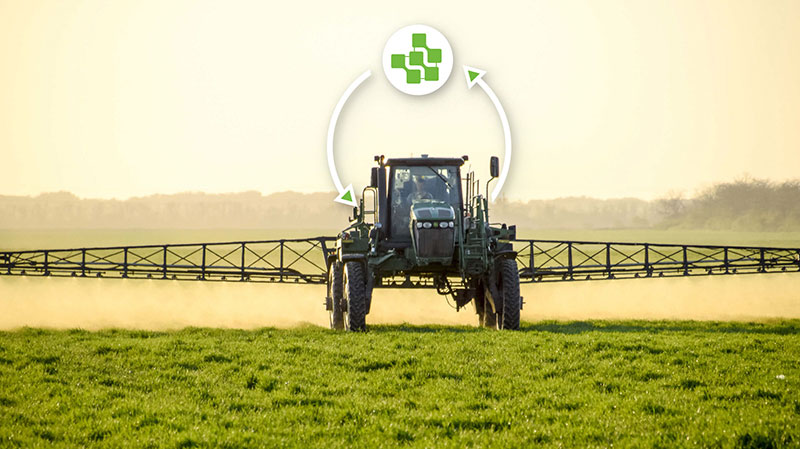Embracing The 4Rs
Since one of the busiest summer fertilizer meeting seasons on record, retailers will now be ramping up for a busy fall full of questions from their grower-customers about balancing fertility needs and managing risk. I am going to use this opportunity to enhance your awareness and request your engagement in 4R Nutrient Stewardship, a new paradigm for helping customers manage market risk while protecting the environment and promoting a more positive image for fertilizers and the ag community.
The Fertilizer Institute is growing increasingly concerned with managing a completely different kind of risk — one posed by national, state, regional and local initiatives that target growers’ use of fertilizers. For example:
• States are being pressured by the federal government and environmental groups to develop additional regulations and pollution reduction strategies. These include reductions and, in some cases, bans on nutrient applications.
• Assessments by the EPA have assigned agriculture responsibility for 44% of the nitrogen (N) and phosphorus (P) being delivered to the Chesapeake Bay.
• The National Academy of Sciences cite nitrogen-based fertilizer application and animal feeding operation runoff as a large majority of the nutrient inputs within the Mississippi River Basin and Northern Gulf of Mexico watershed.
• Recent USDA conservation assessment projects concluded that 60% to 80% of cultivated cropland needs more nutrient management to reduce N and P loss from fields.
A Plan Of Action
From where I sit, it is clear that a successful response to the economic, environmental and public relations challenges facing us requires the fertilizer and ag communities commit to enhanced adoption of better nutrient management practices and increased participation in the policy debate.
Here is where 4R Nutrient Stewardship fits in. 4R is an innovative approach to fertilizer best management practices to help achieve agricultural sustainability. The 4Rs imply there are four aspects to every fertilizer application and it provides an effective framework to assess whether a given crop has access to the necessary nutrients.
So what exactly constitutes a 4R nutrient management plan? Science is the foundation of any 4R plan and each should include the four “rights” of fertilizer application:
• Source. You should work with your customers to ensure their crops receive a balanced supply of essential nutrients, considering naturally available sources and the characteristics of specific products, in plant available forms.
• Rate. Growers must assess and make decisions based on soil nutrient supply and plant demand.
• Time. All 4R plans require growers to assess and make decisions based on the dynamics of crop uptake, soil supply, nutrient loss risks and field operation logistics.
• Place. Address root-soil dynamics and nutrient movement and manage spatial variability within the field to meet site-specific crop needs and limit potential losses.
As I travel the country and meet retailers, I see the misconception that a soil testing program equates to providing nutrient stewardship that is 4R consistent, when in fact, soil testing is a means to determine rate — just one of the 4Rs.
While implementation of a 4R system may involve some extra planning and steps on your part, the result is a truly sustainable farming system offering economic, environmental and social benefits.
If you are interested in learning more about how to implement a 4R plan, visit www.nutrientstewardship.com. On the Website, you will find more 4R basics as well as information on field practices. If your business already offers services that are consistent with these principles, I invite you to contact us regarding registering as a 4R consistent partner.
Raising your voice in policy discussions is important. Don’t hesitate to participate in stakeholder meetings and speak up when you encounter those who have a less than positive impression about farm practices to manage nutrients. Your customers will appreciate your advocacy and the agricultural community will be better perceived as a result of your efforts.





